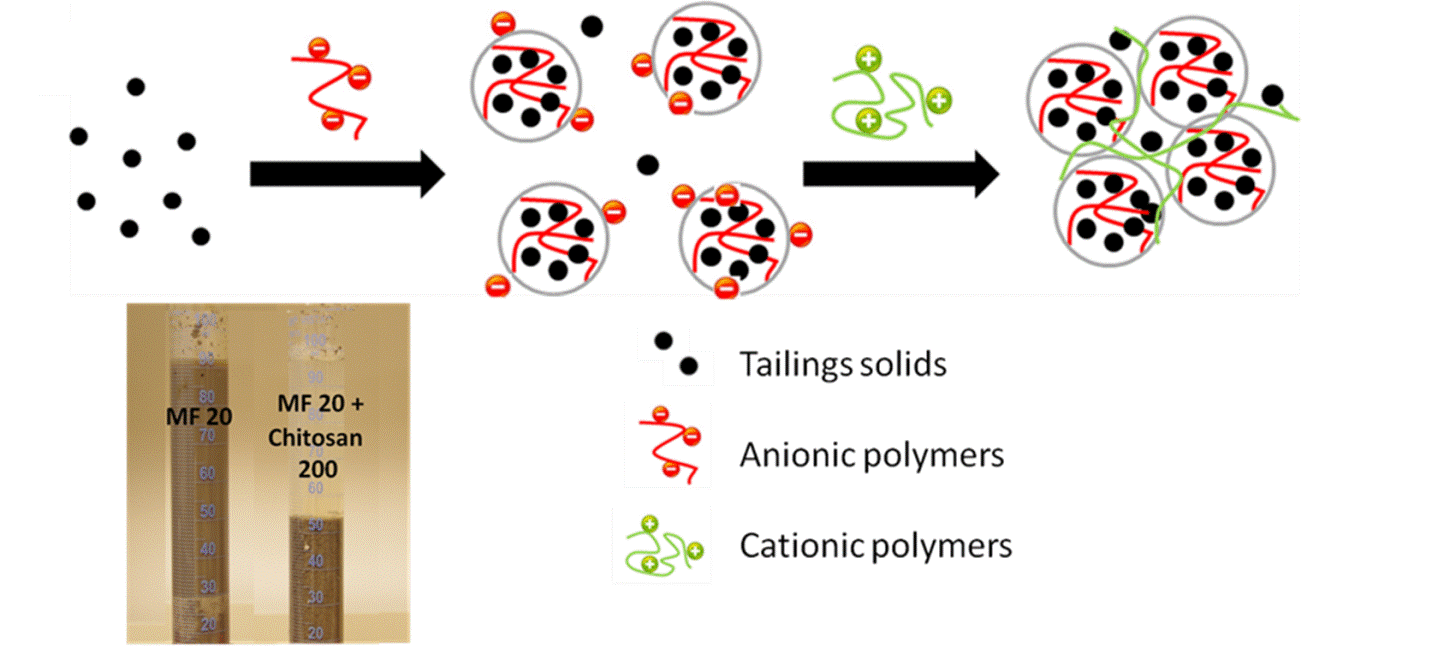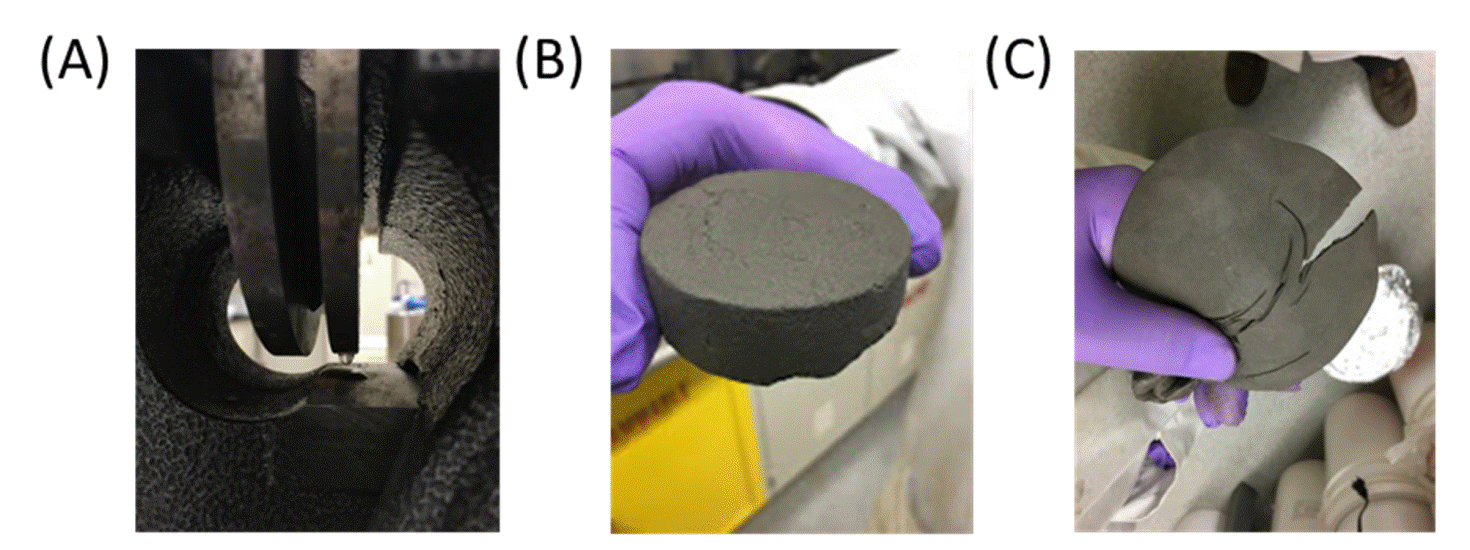Understanding Oil Sands Tailings Treatment at Nano, Micro and Macro-Scales with Increased Water Recycling/Reuse
Lead Proponent: University of Alberta
Location: Edmonton, AB
ecoEII Contribution: $ 377,200
Project Total: $ 759,200
Project Background
In a typical water-based oil sands extraction process, the production of one barrel of bitumen requires approximately two to four barrels of water. After the bitumen is recovered, the tailings sludge is left and has to be discharged into tailing ponds. Over time, coarse particles in the tailings settle to form beaches. However, it is very difficult to settle and consolidate the fine solids. After days, weeks, months and even a few years of settling, fine solids may still remain suspended in the form of mature fine tailings (MFT). Although part of the water in the original tailings could be released at the initial stage of settling, no further noticeable densification of MFT is likely to occur for several decades thereafter. This is one of the most significant technical and environmental challenges faced by the industry.
Recognizing the challenges posed by mature fine tailings, the University of Alberta proposed a project for ecoEII funding. The “Understanding Oil Sands Tailings Treatment at Nano, Micro and Macro-Scales with Increased Water Recycling/Reuse” project was awarded $377.2K to develop a novel, low-cost and environmentally friendly polymer flocculants that are able to efficiently and significantly increase the settling rate of the fine solid particles in tailings, and allow more water to be released for recycling.
Results

Figure 1. The flocculation mechanism involved in the two-step flocculation process.
Text version
The proposed flocculation mechanism involved in the two-step flocculation process. The image shows a significant improvement in clarity of the released water after the two-step flocculation process by using 20 ppm MF followed by 400 ppm Chitosan when compared to that treated by an optimal dosage of MF, which is a commonly adopted flocculant in oil sands industry.
The basic interaction mechanisms among clay particles, water and bitumen in oil sands tailings and polymer flocculants were investigated by using surface forces apparatus (SFA), quartz crystal microbalance with dissipation monitoring (QCM-D) and focused beam reflectance measurement (FBRM) at the nano, micro and macro scales, respectively. The results demonstrated that a single polymer flocculant usually does not perform well in treating mature fine tailings as the complicated water chemistry and complex interfaces severely undermine the adhesive interactions between the polymer flocculant and tailings particles, so that insufficient flocculation occurs, especially when the polymer flocculants adopted are polyelectrolytes (viz. charged polymers).
The next stage of work involved designing and synthesizing bioinspired polymer flocculants, and incorporating them into a new coarveration flocculation procedure for treating different oil sands tailings. Inspired by marine organisms such as mussels and sandcastle worms, a novel flocculation procedure was developed. Two oppositely charged polyelectrolytes are used as complementary polymer flocculants via electrostatic interaction and catechol chemistry. This methodology was validated and determined to be efficient and effective at settling extraction tailings, mixtures of extraction and mature fine tailings, and dilute mature fine tailings, as well as in recycling the water from these tailings.

Figure 2. Novel consolidation process using sandcastle-inspired coacervation flocculation followed by a two-step compression on mature fine tailings
Text version
(A) the in-house setup using a table clamp consolidates flocculated mature fine tailings. Due to high cohesion and high mechanical strength of the cakes of flocculated mature fine tailings, the cake can stay integral and continue dewatering under external pressure. (B) and (C) show the consolidated cakes compressed under 0.15 bar for 0.5 hr and 10 bars for 1hr, respectively.
The final stage saw the development of a self-healable coacervation procedure for treating mature fine tailings that combines sand castle-inspired coacervation flocculation with two-step compression in order to dewater and consolidate fine tailings. The new process uses a cationic polymer flocculant with a hyper-branched architecture, branched polyethylenimine (PEI) which is a weak polybase and not sensitive to ionic strength, and difunctional polyethylene oxides (a specific adhesive to branched PEI). This new process and methodology was verified to greatly enhance the mechanical property of flocculated MFT and ensure feasible reclamation of inbound water from MFT in a short period of time by combining it with a two-step compression.
Settling tests on real mature fine tailings indicated that this new process effectively consolidated flocculated MFT for direct deposition. This process is one of the first in the area of mature fine tailings treatment that can efficiently reclaim 30 weight percent (wt%) of water from MFT in less than 1 hour and achieve a total water releasing rate of 70 wt% in approximately 1 hour via mild compression (e.g. 10 bar pressure), significantly enhancing the solid content of pressed MFT from 30 wt% to approximately 75 wt%, and allowing direct deposition and land reclamation.
Benefits to Canada
Improving tailings management by reducing tailings inventories, and reducing the volume of tailings produced will benefit the industry as a whole. Reducing the ecological footprint of Alberta’s oil sands benefits all of Canada.
Next Steps
Work with oil sands industry to further investigate how the developed flocculants and flocculation process can be effectively integrated with the commercial flocculants and tailings treatment processes currently being used.
Page details
- Date modified: